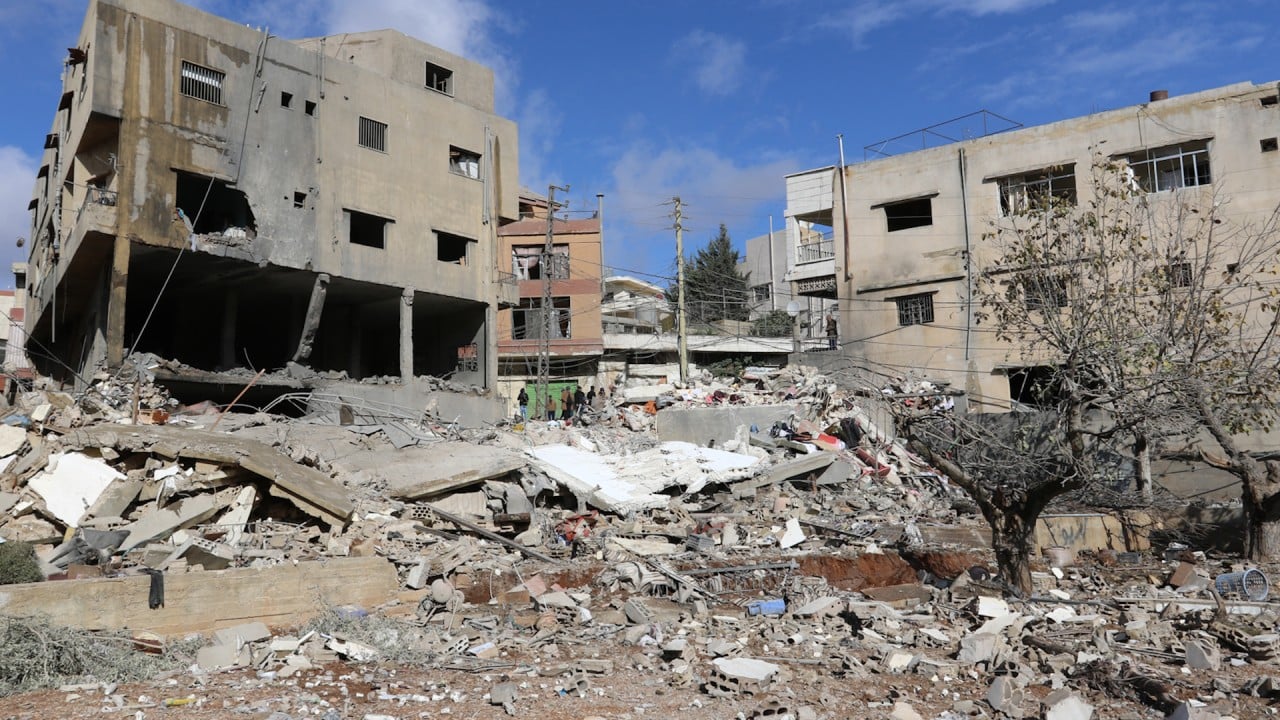‘More of this can come’: what Syria attack means for Middle East power balance
Turkey and Israel’s ‘uncoordinated battle’ has raised questions about Iran and Russia’s ability to rescue Assad and his regime, analysts say

A lightning offensive launched last week by Turkey-backed Syrian rebels has sent government forces and their Iranian and Russian allies packing from the northwest of the civil war-torn country, turning the tide against President Bashad al-Assad’s regime for the first time since foreign intervention saved it from collapse a decade ago.
Rather than being singularly focused against the Assad regime, however, the offensive by two rebel factions – former al-Qaeda affiliate Hayat Tahrir Al-Sham (HTS) and Ankara-funded Syrian National Army (SNA) – also forced US-backed Kurdish-led Syrian Democratic Forces (SDF) to withdraw east of the River Euphrates on Sunday.
The move achieved a long-held Turkish objective tied to its efforts to end a 40-year Kurdish insurgency in its adjacent provinces.
Meanwhile, convoys of Iran-allied Iraqi Popular Mobilisation Forces militia units that crossed into eastern Syria on Sunday to reinforce Assad’s Syrian Arab Army repeatedly came under fire from US warplanes based in SDF-held areas of Deir ez-Zor province.
Israel, too, has closely watched the rebel operation unfold since it was launched on the day the ceasefire with Hezbollah took effect in Lebanon, and is considered likely by analysts to intensify its long-running campaign of air strikes against militias led by Iran’s Islamic Revolutionary Guard Corps (IRGC) as they gather in central Syria in preparation for a counteroffensive.

